Last updated on April 14th, 2024
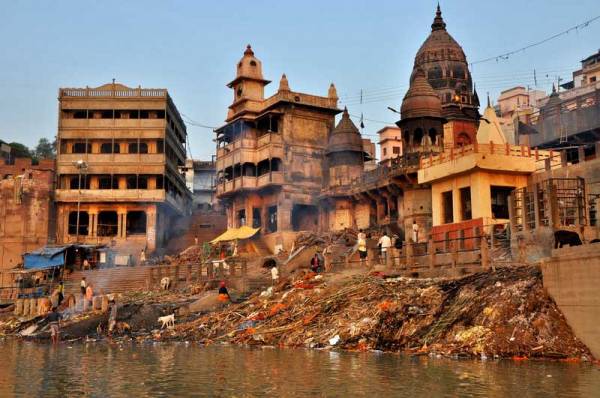
Harischandra Ghat, © Can Stock / johnnydevil
Visit Varanasi – Ghats
Those who visit Varanasi can see at least 84 ghats along the Ganges River. The ghats each have steps down to the Ganges River. Ghats are used by Hindus for ceremonies, bathing, washing and cremations. If a person dies in this section of the Ganges, they are said to reach eternity immediately instead of being reincarnated. Hindus honor the river at sunrise or sunset by bathing in it. Tourists often watch the sunrise from boats on the Ganges and then see the crowds of Hindus bathing and washing clothes.
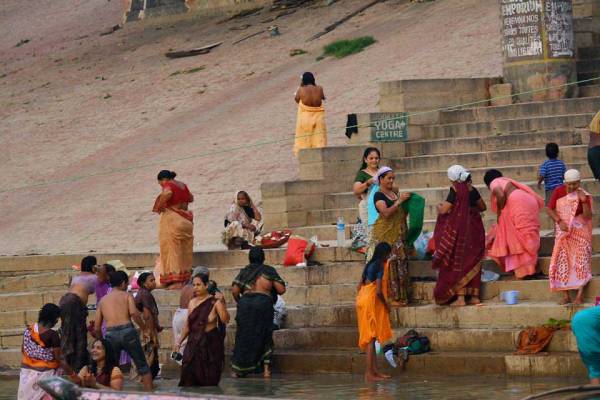
Ganges River Ghat
Hindus worship by bathing, pouring river water over their head and hands, floating flowers or lit candles on the river, chanting and doing yoga. Some will offer river water to the rising sun and Lord Shiva. After sunrise a steady stream of cremations take place at the many ghats along the Ganges. Tourists should be very respectful. There’s no need to take photos of cremations.
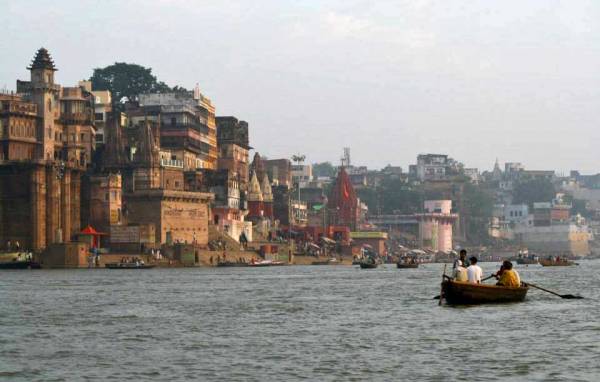
Dashashwamedh Ghat, Ganges River
Visit Varanasi – Dashashwamedh Ghat
The Dashashwamedh Ghat is likely the most popular ghat in Varanasi. Each night there is a Puja Worship Ceremony at the Dashashwamedh Ghat. At the Puja Ceremony, Brahmins honor Lord Shiva and the River with Aarti candle ceremonies call. They sound conch shells, burn incense and ring bells. Flowers and candles may be floated down the river. Each night, many people watch from boats packed closely together along the shore.
Other ghats along the Ganges here include Manikarnika Ghat, Harischandra Ghat, Tulsi Ghat, Kedar Ghat and Assi Ghat. Some ghats are mainly for cremations while others are for bathing and washing.
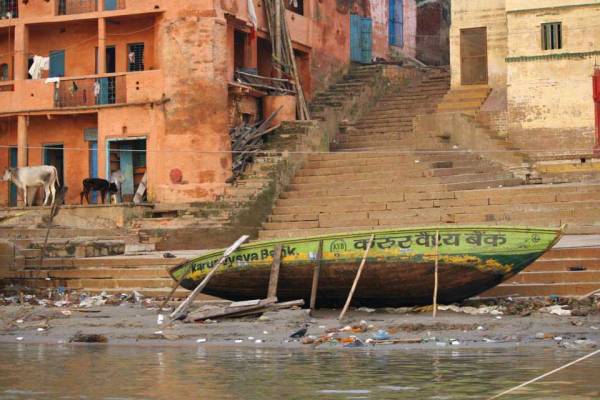
Boat on Ganges River Ghat
Visit Varanasi – Kashi Vishwanath Temple
The best known of the many temples in Varanasi dedicated to Lord Shiva is Kashi Vishwanath Temple. The Kashi Vishwanath Temple is close to the Dashashwamedh Ghat. This temple is closed to non-Hindus. The original temple was destroyed and the Gaynvapi Mosque was built over top of it. A new Kashi Vishwanath temple was built beside the Gaynvapi Mosque after Turkish Muslim rule ended.
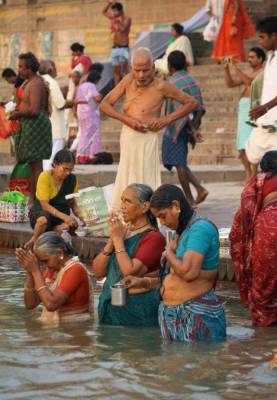
Ganges River Worshippers
Visit Varanasi – Jantar Mantar Observatory
When you visit the ghats on the Ganges and the Kash Vishwanath Temple, don’t miss the Jantar Mantar Observatory. The Jantar Mantar Observatory dates back to 1737. The observatory structure is similar to ones in Delhi, Ujjain, Mathura, and Jaipur. The Jantar Mantar Observatory is right next to the Dashashwamedh Ghat.
Visit Varanasi – Ramnagar Fort
Ramnagar Fort is on the eastern bank Ganges River opposite the Tulsi Ghat. Kashi Naresh Raja Balwant Singhhas had the Ramnagar Fort constructed in the 18th century. The Ramnagar Fort is the home of the Maharaja of Varanasi (Kashi Naresh). You will find the Saraswati Museum here.
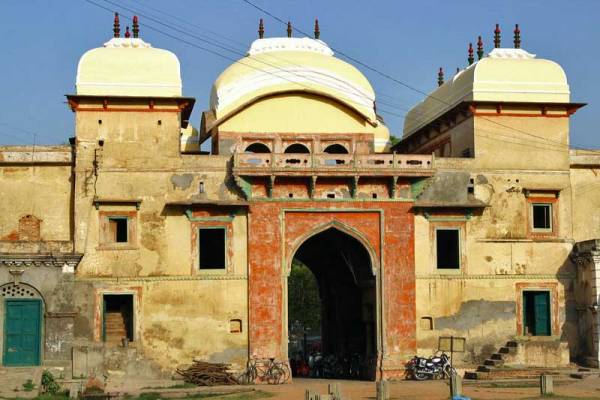
Ramnagar Fort, © Can Stock / berliner
Visit Varanasi – More Temples
- Bharat Mata Temple – dedicated to Mother India and inaugurated by Mahatma Gandhi.
- Sankat Mochan Hanuman Temple – honoring the Hindu god Hanuman.
- Durga Kund Temple or the Monkey Temple – dedicated to the goddess Durga. The Tulsi Manas Temple, dedicated to Lord Rama, is beside the Durga Kund Temple.
- Nepali Temple (Kathwala Temple) – built of wood by the King of Nepal on Lalita Ghat.
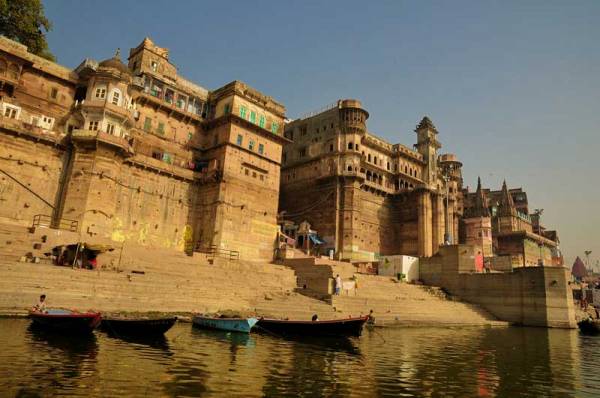
Assi Ghat, © Can Stock / neelsky
Visit Varanasi – More Sights
- Explore the narrow alley ways of the old city back from the river. Squeeze past cows. Find street food and small shops.
- Take a bicycle rickshaw ride through the wider streets.
- Banaras Hindu University – The University includes the Museum of Art and Archeology.
- Alamagir Mosque – Hindu and Mughal style, overlooking the Panchganga Ghat.
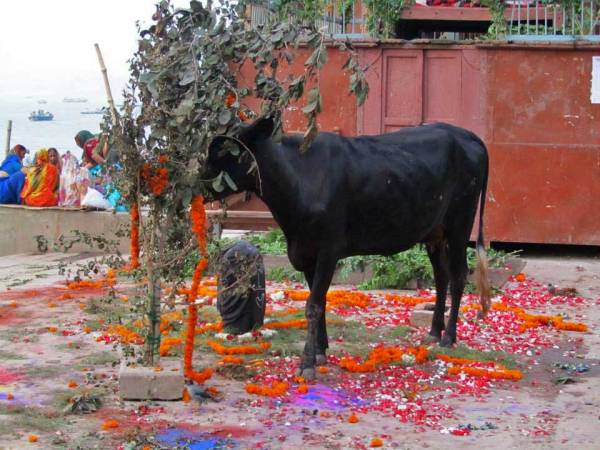
Cow Wandering through Offering
Ramlila of Ramnagar
The Ramlila of Ramnagar is 30 days of plays re-enacting scenes from the Ramayana. Every autumn the Ramnagar Fort hosts the Ramlila of Ramnagar. The Maharaja of Varanasi watches on an elephant.
Visit Varanasi – Hotels
- Taj Ganges – 4 km from Dashashwamedh Ghat.
- Nadesar Palace – 4 km from Dashashwamedh Ghat.
- Shri Guest House – low cost accommodation with views directly down upon Dashashwamedh Ghat and its ceremonies.
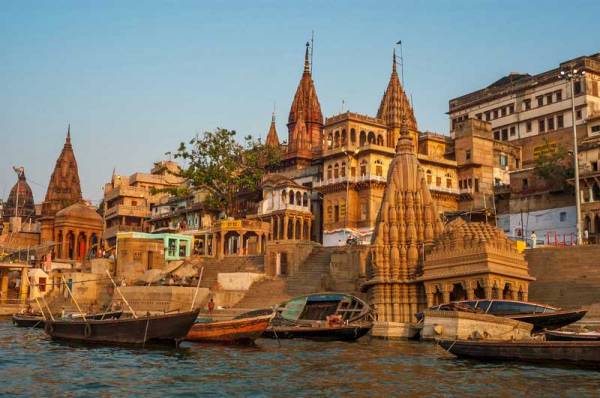
Manikarnika Ghat, © Can Stock / milosk50
Visit Varanasi – Festivals
There are numerous Hindu, Buddhist and Jainist religious festivals throughout the year in Varanasi. The full moon frequently determines festival dates, so events happen on slightly different dates each year. The crowds might accidentally sweep you away with them, so be careful if you choose to participate.
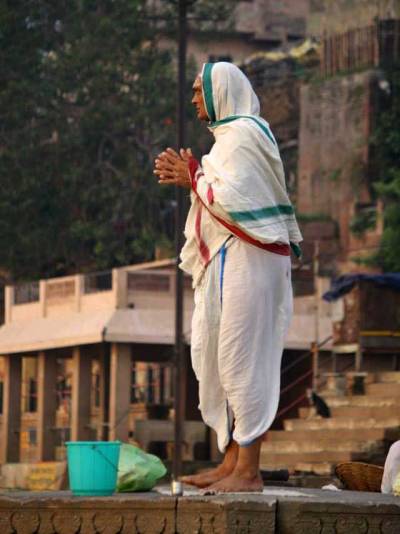
Ganges River Worshippe
Visit Varanasi – Diwali
Diwali (or Dev Deepavali) is the Festival of Light. Diwali happens in late October or early November, depending on the full moon. During Diwali, candles in earthen lamps (diyas) are everywhere in the city. The ghats are illuminated with candles too, as part of a ceremony called Aarti Ganga. On the full moon, Hindus light more than a million candles in rows on the ghats. People set candles afloat in the Ganges River too. The Ganges is showered with fireworks all night long.
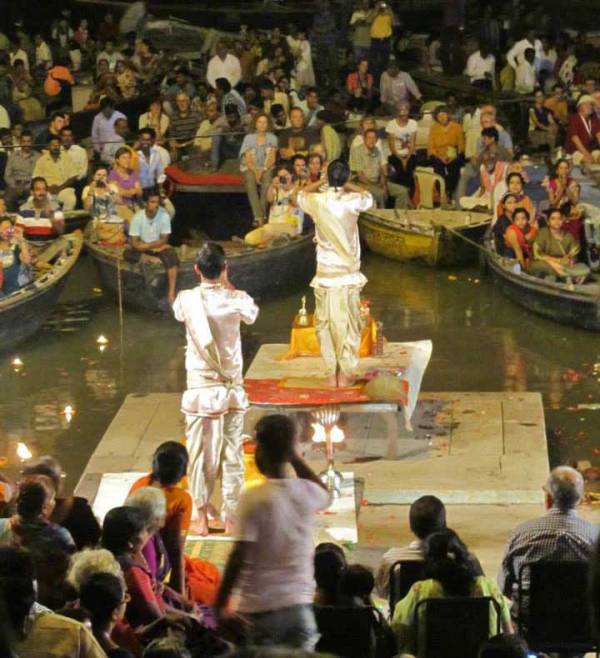
Puja Ceremony, Ganges River, Visit Varanasi
Nag Nathaiya Festival
The Nag Nathaiya Festival is part of the Krishna Leela ceremony, dedicated to Lord Krishna. It is held in November / December at the Tulsi Ghat. The Nag Nathaiya Festival re-enacts Lord Krishna jumping into Ganges and the victory over the serpent Kaliya.
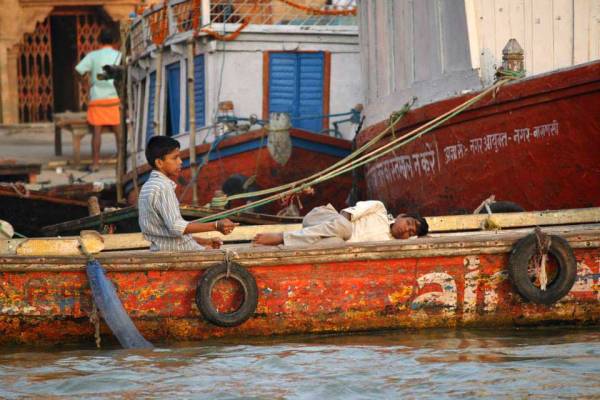
Kids on Fishing Boat, Ganges River
Visit Varanasi – More Festivals
- Bharat Milap – commemorates Lord Ram’s return to Ayodhya in October/November.
- Buddha Purnima – celebrates the birth of the Buddha, based on the full moon in April / May.
- Hanuman Jayanti – commemorating the birth of Hunaman on the full moon in March / April. Hanuman Jayanti ceremonies use the Sankat Mochan Hanuman Temple.
- Shivaratri – the Great Night of Shiva occurs in February / March and marks the last day of Dhrupad Mela.
- Dhrupad Mela – a musical festival held at the Tulsi Ghat in February / March.
- Makar Sankranti – kites flown from the roof tops in January.
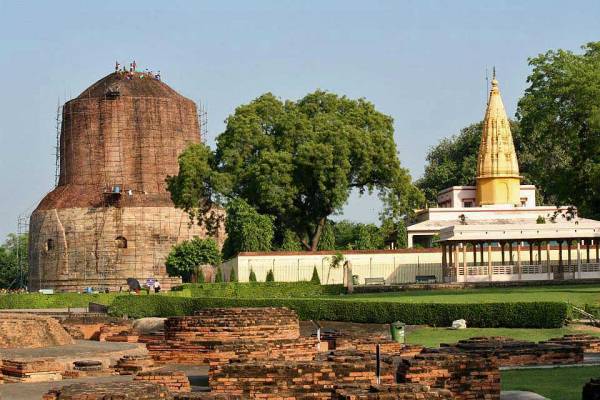
Dhamek Stupa & Jain Temple, Sarnath
Sarnath
Travel 10 minutes north from Varanasi to Sarnath. Visit Deer Park, the popular pilgrimage destination where the Buddha preached his first sermon. Buddha attained enlightenment at the Bodhi Tree near the Mulagandhakuti Vihara Buddhist temple in the park. See the ruins of the monastery at Dhamek Stupa and the Lion Capital of Ashoka Pillar in the Sarnath Archaeological Museum. The pillar has become the inspiration for the national emblem of India. Also visit the Chaukhahdi Stupa close to the Dhamek Stupa in Sarnath.
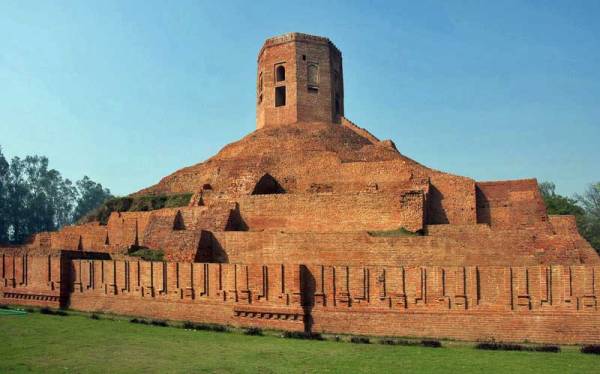
Chaukhahdi Stupa, © Can Stock / Claudine
Savor the Tastes of Varanasi
- Pani puri – fried unleavened bread filled with potato, onion and pea.
- Paan – a mix of betel nut, lime, tobacco and tree resin that is chewed and causes lips to turn red.
- Thandai – a milk based beverage with nuts, cardamom, dried fruits, sugar and an intoxicant called bhang.
- Paapri chaat – fried dough wafers with ginger, chutney and yogurt.
- Mithai – Indian sweets made from boiled milk, palm sugar, spices, nuts and dried fruit.
- Banarasi Khana – lentils with tomato, spinach, onion and curry leaves.
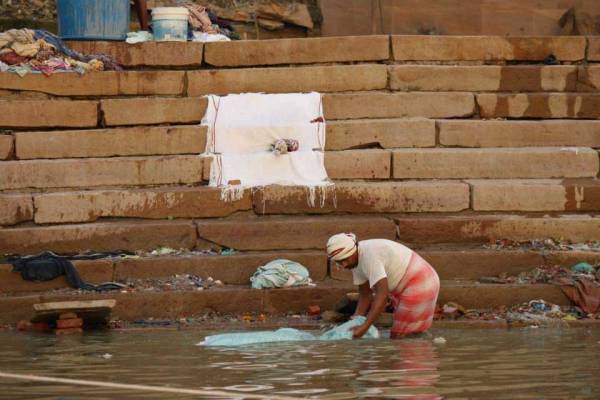
Washing, Ganges River Ghat
Get to Varanasi
Most tourists fly to get to Varanasi in northern India. Lal Bahadur Shastri International Airport is about 20 minutes by cab from the city center. Major roads and train service connects Varanasi nicely to the rest of India. The Varanasi Junction Railway Station is huge and is the city’s main train station. You can get to Varanasi from the Taj Mahal in about 9 hours by vehicle. If you are touring India, consider a tour that also includes Kathmandu in Nepal when you visit Varanasi.

Weather Graph for Varanasi
Varanasi Weather
The Varanasi weather is humid and subtropical. Summer runs from April through October, with average highs above 31 C (87 F) and average lows around 25 C (76 F). Rainfall is heavy through the months of July, August and September. During the winter months from November to February, rainfall is very low. Average highs in winter are 22 C (68 F) and average lows are around 12 C (55 F).
November or February are likely the best months to visit Varanasi for good weather, but the timing of a great variety of religious ceremonies will likely determine when you visit Varanasi.
Visit Varanasi – Background
About 1.5 million people live in Varanasi in northern India along the Ganges River. The city is considered to be the spiritual capital of India and Hindus prefer to be cremated in Varanasi. People also call the city by the name Kashi, Benares or Banaras. Another name for Varanasi is Shiv Nagari, which means the City of Lord Shiva. Lord Shiva is one of the most important gods of Hinduism and Varanasi is considered to be Shiva’s home. The city contains more than 10,000 temples and is a pilgrimage site for Hindus, Buddhists and Jainists. Although Hinduism is the main religion for permanent residents of Varanasi, there is also a large Muslim component, resulting from Turkish Muslim rule of the city in the 1100’s.

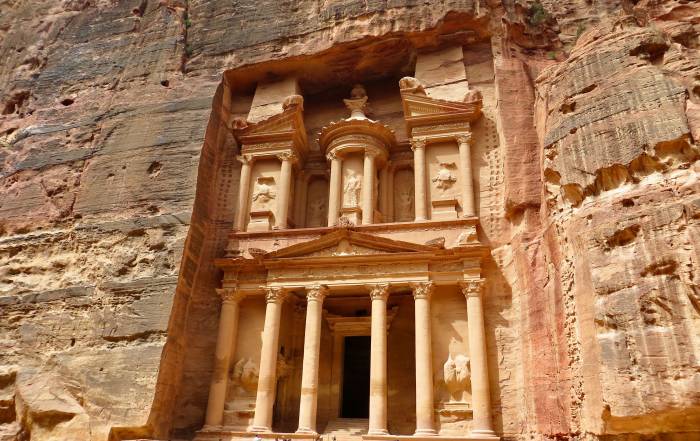
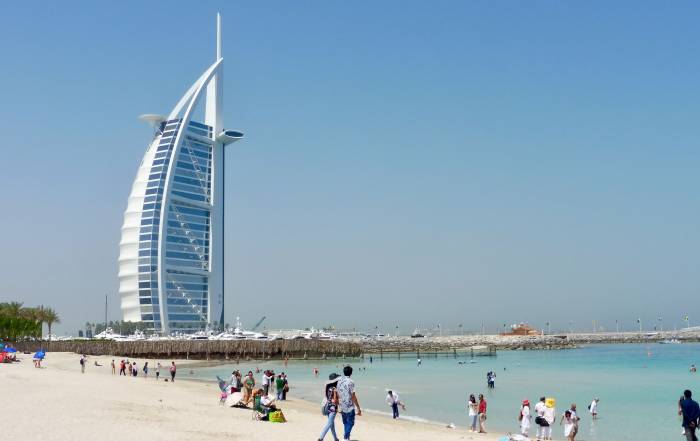
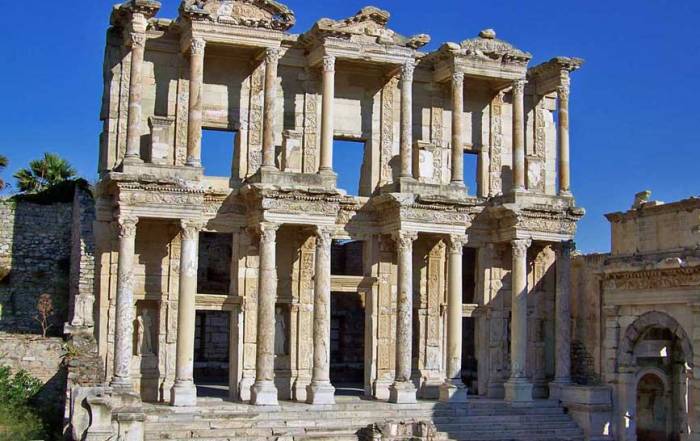
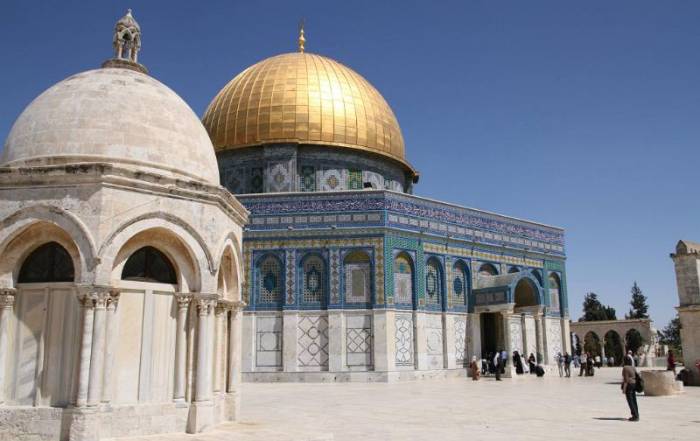
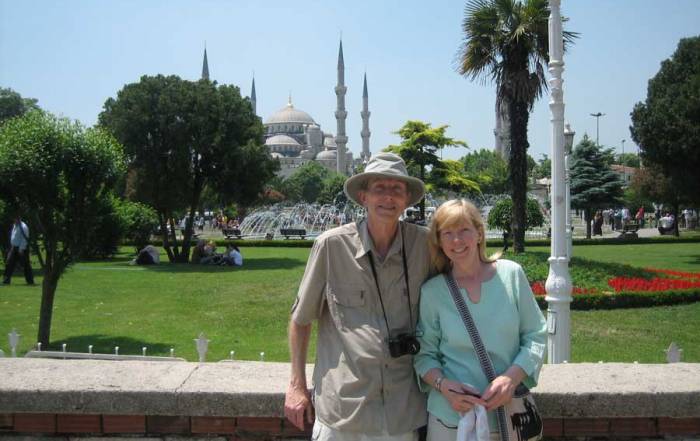
Leave A Comment